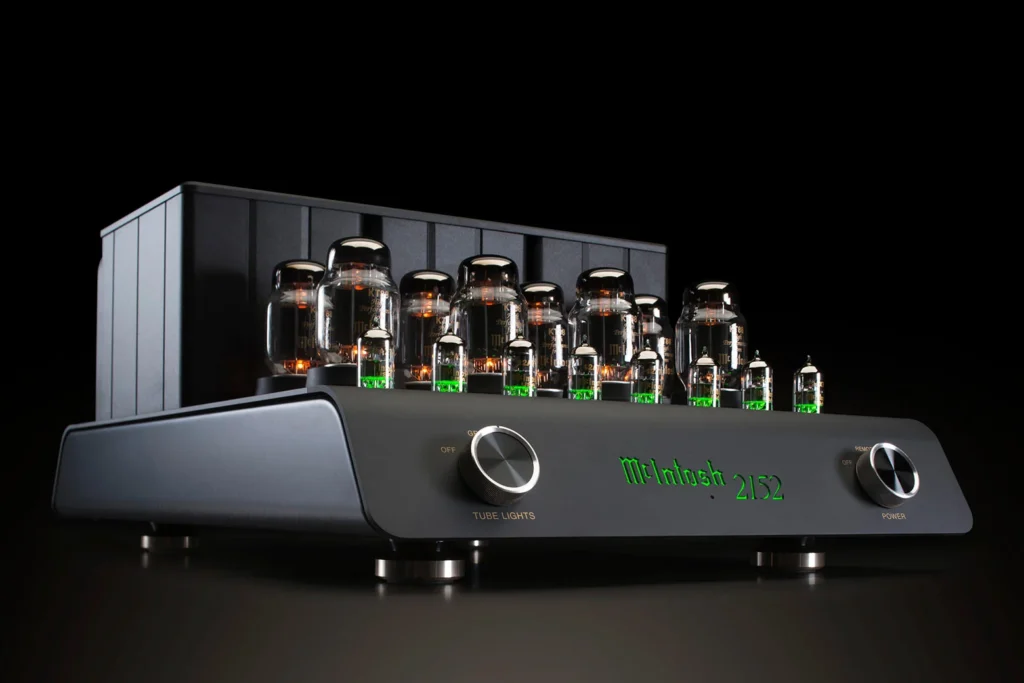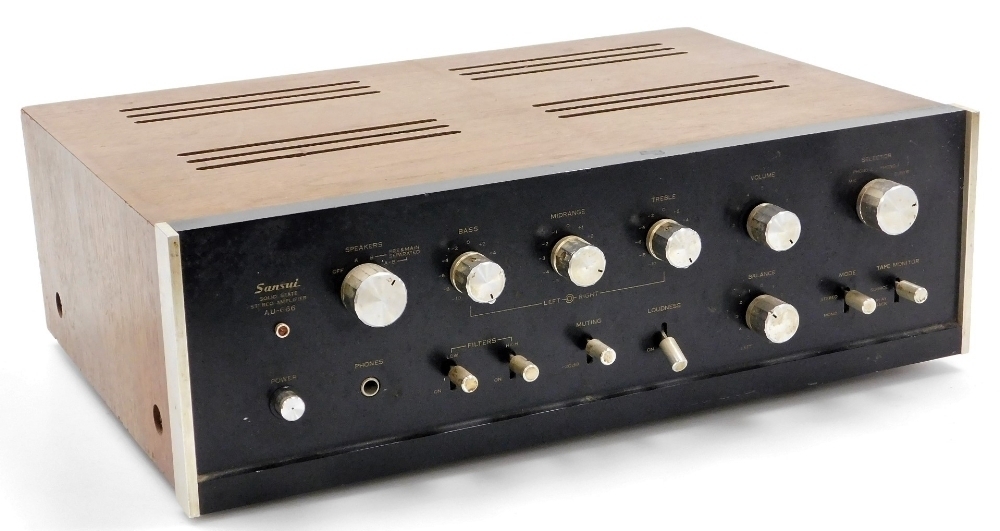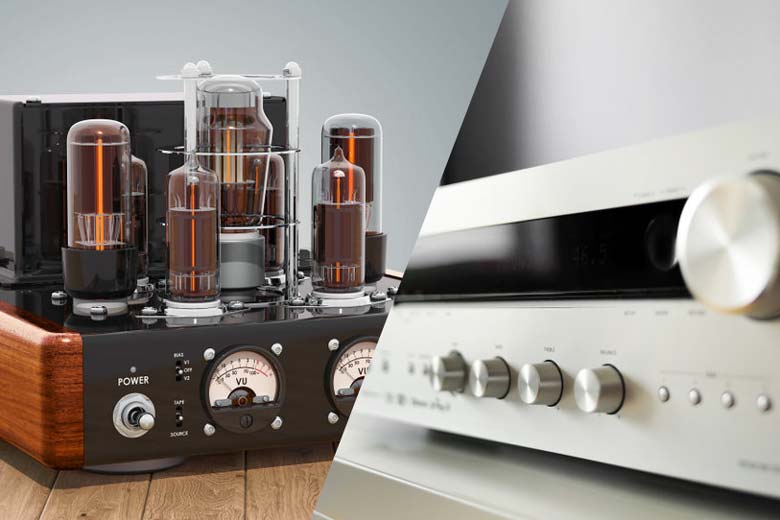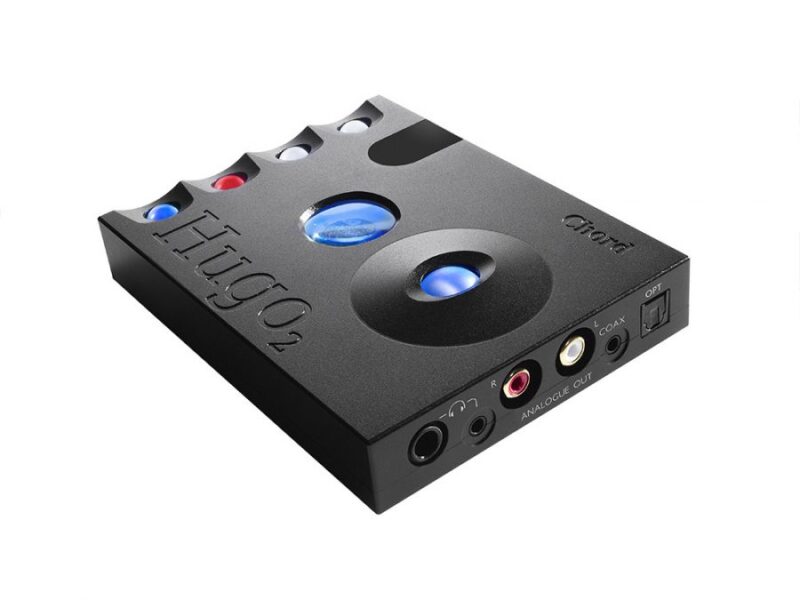The debate between tube amps and solid-state amps has been ongoing for decades. Musicians, audio engineers, and audiophiles have long argued over which type of amplifier delivers the best sound. Both have their advantages and drawbacks, making the choice largely subjective and dependent on the specific needs of the user. In this article, we will compare tube amps and solid-state amps to help you determine which might be better suited for your sound.
What Are Tube Amps?

Tube amplifiers, also known as valve amplifiers, use vacuum tubes to amplify the signal. These amps have been around since the early days of electric amplification and are favored by many musicians for their warm, dynamic sound.
Pros of Tube Amps:
- Warm, Rich Tone – Tube amps are known for their warm, smooth, and natural-sounding tone. They add harmonic distortion that many musicians find pleasing.
- Dynamic Response – Tube amps respond well to playing dynamics, meaning that the harder you play, the more the amp breaks up into a natural overdrive.
- Natural Compression – Tubes naturally compress the sound, giving a smoother sustain and a more organic feel.
- Vintage Appeal – Many classic rock, blues, and jazz tones were recorded using tube amps, making them the preferred choice for musicians chasing those iconic sounds.
Cons of Tube Amps:
- Maintenance – Vacuum tubes wear out over time and require periodic replacement.
- Fragility – Tubes are delicate and can break easily if the amp is dropped or transported frequently.
- Weight and Size – Tube amps tend to be heavier and bulkier than solid-state amps.
- Cost – Tube amps are often more expensive due to the cost of manufacturing and maintaining vacuum tubes.
What Are Solid-State Amps?

Solid-state amplifiers use transistors and other electronic components to amplify the signal. These amps became popular in the 1960s and have continued to evolve, offering reliability and affordability.
Pros of Solid-State Amps:
- Reliability – Solid-state amps are durable and require little to no maintenance.
- Lightweight and Portable – Compared to tube amps, solid-state amps are generally lighter and easier to transport.
- Affordability – They are typically more affordable than tube amps, making them an excellent choice for beginners or budget-conscious musicians.
- Consistent Performance – Unlike tube amps, which can change their sound as the tubes wear out, solid-state amps provide consistent performance over time.
Cons of Solid-State Amps:
- Lack of Warmth – Many musicians find solid-state amps to sound colder or harsher compared to tube amps.
- Less Dynamic Response – Solid-state amps do not respond as naturally to playing dynamics, which can make them feel less expressive.
- Artificial Distortion – The distortion produced by solid-state amps can sometimes sound less natural compared to tube-driven overdrive.
- Limited High-End Models – While high-end solid-state amps exist, the most sought-after amplifiers for professional musicians still tend to be tube-based.
Which Sounds Better?
The answer to this question depends on personal preference and application.
- For Classic Rock, Blues, and Jazz: Tube amps are often preferred because of their warm, organic tone and natural overdrive characteristics.
- For Metal and High-Gain Genres: Solid-state amps or hybrid amps (combining tube preamps with solid-state power sections) can be a better choice due to their tighter, more aggressive distortion.
- For Gigging and Travel: Solid-state amps are more durable, lightweight, and require less maintenance, making them a practical choice for musicians who are always on the go.
- For Home Practice and Budget-Friendly Options: Solid-state amps tend to be more affordable and easier to maintain, making them ideal for beginners or casual players.
Conclusion
Ultimately, the choice between tube amps and solid-state amps comes down to what you value most in your sound. If you seek warmth, dynamics, and classic tone, a tube amp may be the right choice. If you need reliability, portability, and affordability, a solid-state amp could be the better option. Many modern amp manufacturers offer digital modeling technology that can simulate the sound of tube amps while maintaining the benefits of solid-state amps, giving musicians the best of both worlds. The best way to decide is to try both types and see which one resonates with your playing style and musical needs.


